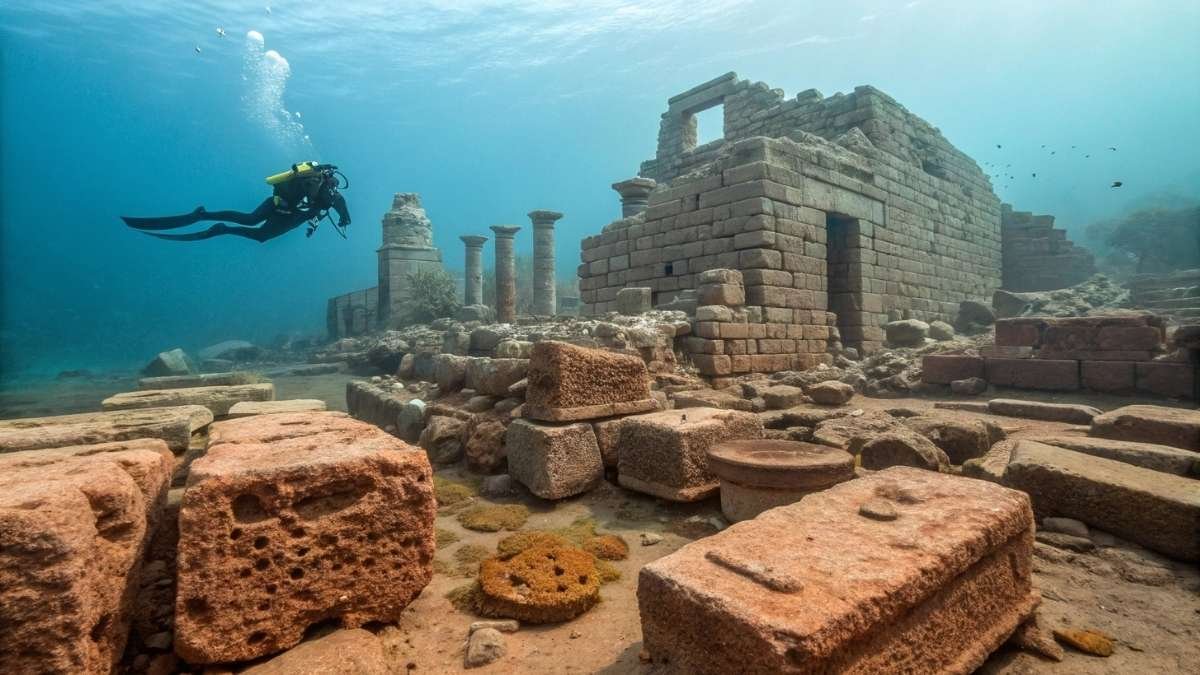
Beneath the surface of lakes and oceans lie entire cities—silent, forgotten, yet still standing. Streets that once bustled with life now echo only through currents, and temples, homes, and statues sleep beneath layers of silt.
These aren’t just ruins—they’re the lost chapters of human history, waiting to be swum through. Whether sunken by nature, buried by empires, or sacrificed to progress, each site offers a strange blend of awe and sadness, like time pressing pause underwater.
If you’ve ever felt the pull of the mysterious and the beauty of what’s been left behind, you’ll want to see every single one.
1. Dwarka, India
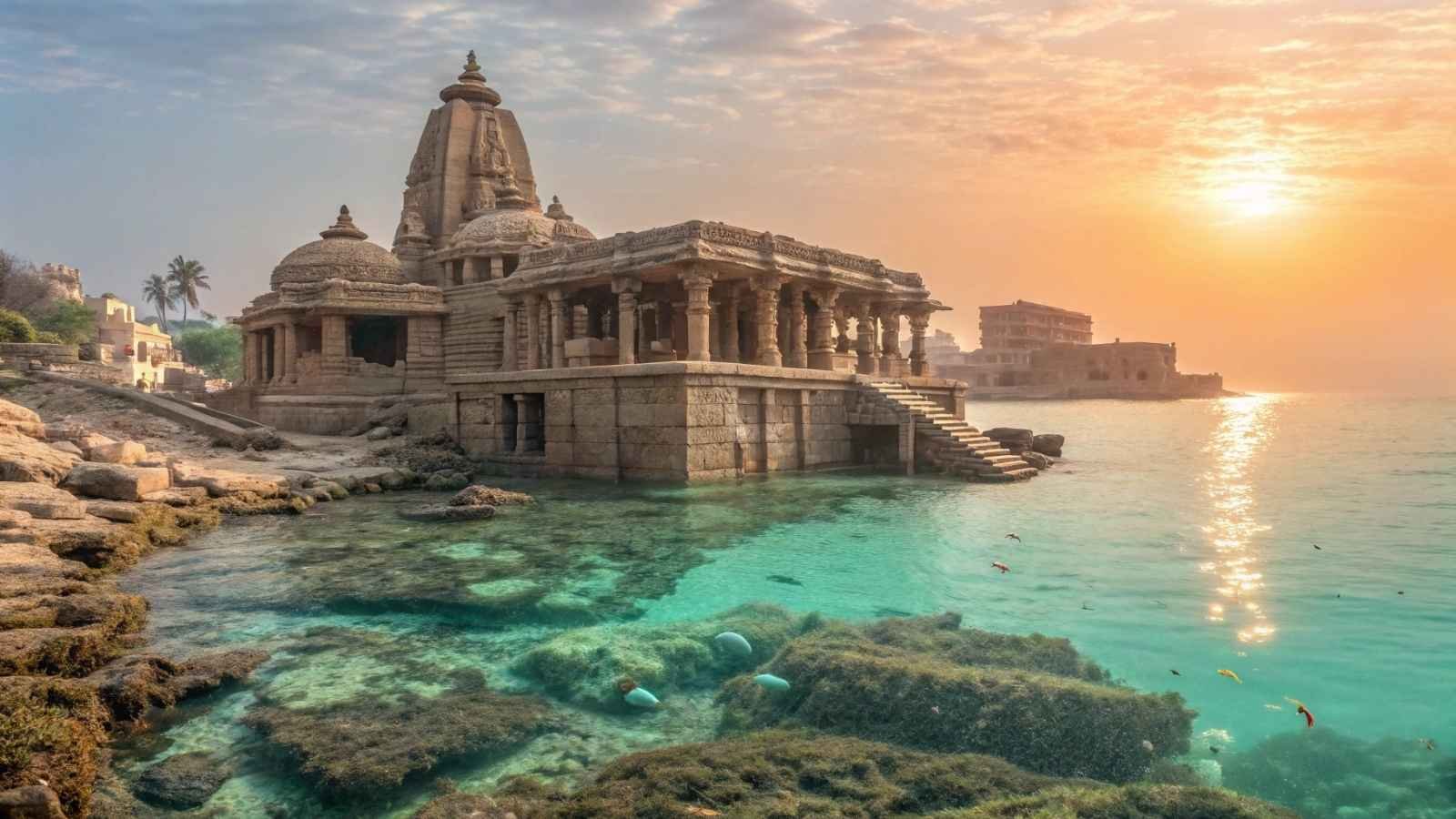
Off the coast of Gujarat lies what many believe to be the fabled city of Dwarka, once ruled by Lord Krishna himself. Discovered underwater in the early 2000s, this site is a surreal blend of myth, archaeology, and mystery. Divers report seeing massive stone structures, straight walls, and symmetrical formations that hint at an advanced, ancient civilization, far ahead of its time. Whether you’re a spiritual seeker or just a history buff, swimming over the submerged remains of one of India’s most sacred cities gives you goosebumps.
One of the most debated aspects of Dwarka is its age. Some say it’s over 9,000 years old, which would rewrite much of what we think we know about human history. There’s still much to uncover, but the calm Arabian Sea waters and relatively easy dive conditions make it accessible even for moderately experienced divers.
It doesn’t feel like a typical dive. There’s a certain reverence to the water here—locals believe you’re swimming through sacred ground, and that feeling lingers long after you’ve resurfaced.
- Best Months to Visit: October to March (calm seas and pleasant weather)
- Location: Off the coast of Dwarka, Gujarat, India
- Depth Range: 5–40 feet
- Type of Dive: Shallow dive; great visibility
- Special Gear Needed: Standard scuba, waterproof flashlight for better detail
- Nearby Attractions: Dwarkadhish Temple, Bet Dwarka Island
- Recommended For: History lovers, myth hunters, cultural adventurers
2. Heracleion (Thonis), Egypt
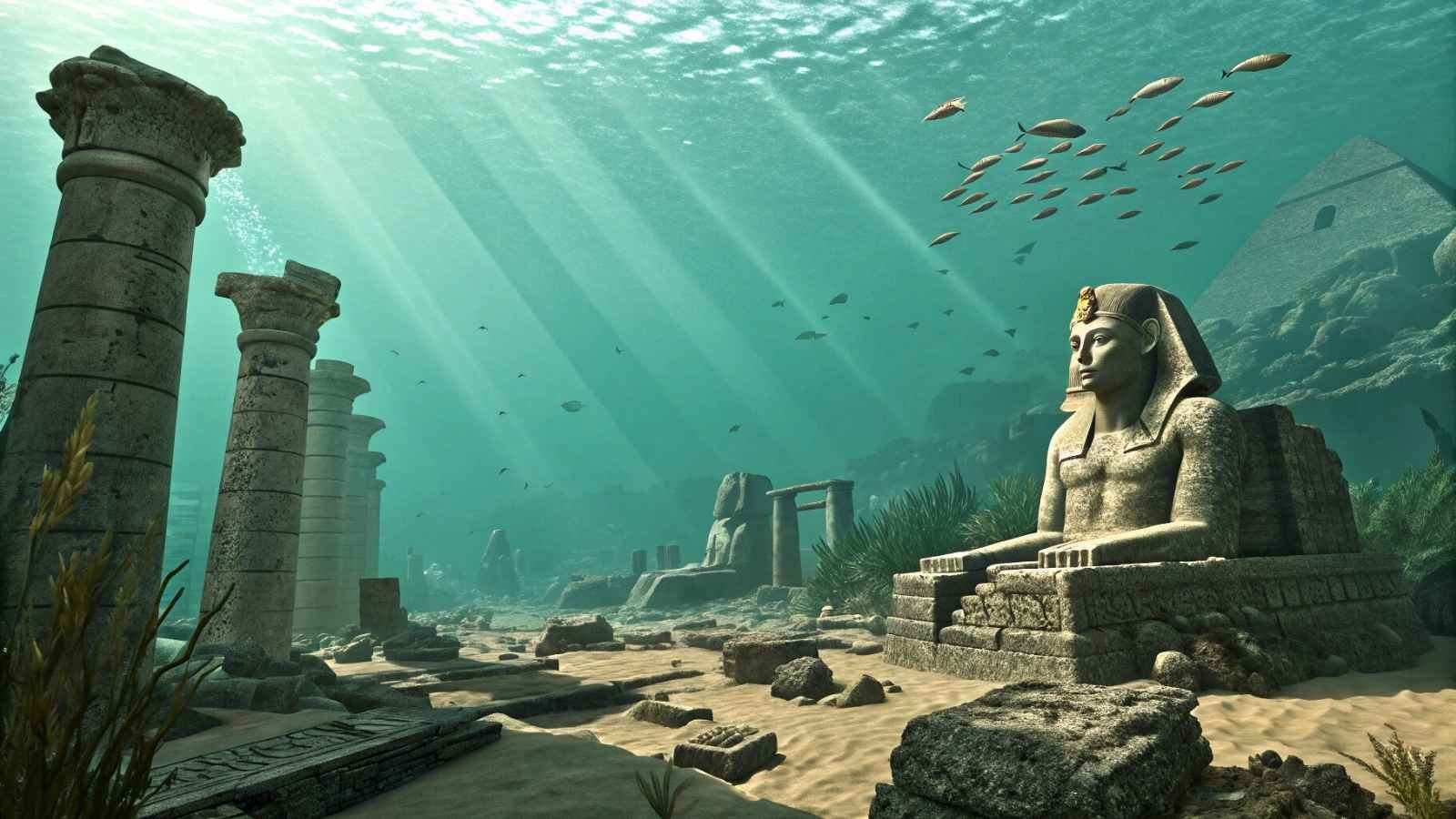
Dubbed the “Egyptian Atlantis,” Heracleion once stood proudly at the mouth of the Nile—until it sank into the sea over 1,200 years ago. Found in 2000 after being lost for centuries, Heracleion is now one of the most fascinating underwater archaeological sites on Earth. What makes this place mind-blowing isn’t just the ancient ruins—it’s what’s still intact: statues, sphinxes, temple remains, massive stone inscriptions, and even ancient shipwrecks that whisper of forgotten rituals and lost gods.
The visibility here is moderate, but with the right guide, the stories come alive underwater. You’ll see massive granite statues of Egyptian gods that were once worshipped on dry land, now entombed in silence. The scale of everything is jaw-dropping—these weren’t just buildings, they were monuments of power.
If you’ve ever wanted to time-travel, this dive is as close as it gets. Just being near the statue of Hapi, the god of the Nile, half-buried in the seabed, gives you the sense you’re trespassing in the halls of a once-mighty empire.
- Best Months to Visit: May to September (warm waters and dive tours available)
- Location: Aboukir Bay, near Alexandria, Egypt
- Depth Range: 30–50 feet
- Type of Dive: Guided archaeological dive
- Special Gear Needed: Underwater camera, optional dive scooter
- Nearby Attractions: Alexandria’s Catacombs, Qaitbay Citadel
- Recommended For: Intermediate to advanced divers, archaeology enthusiasts
3. Port Royal, Jamaica
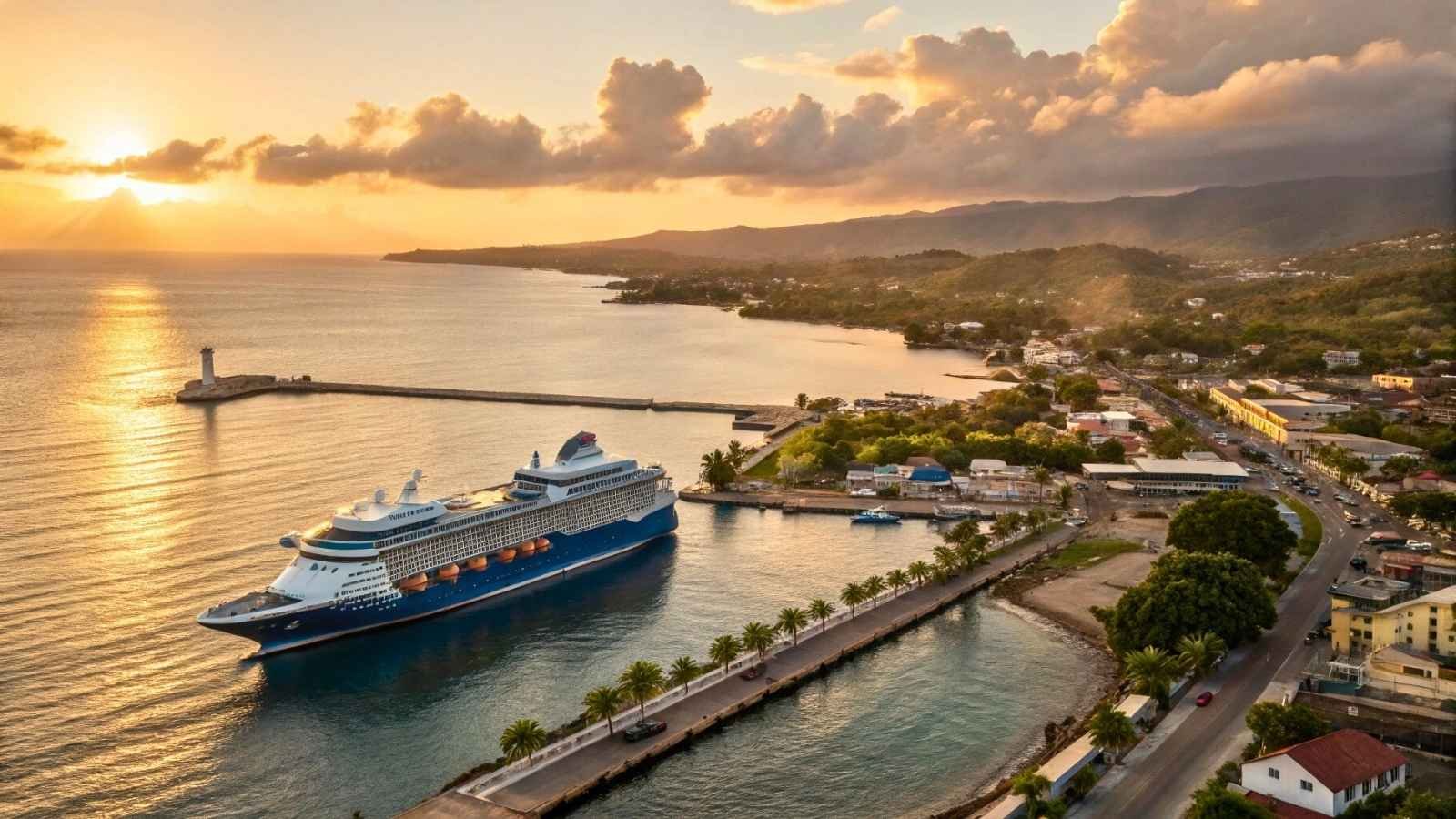
In 1692, Port Royal—then known as the “wickedest city on Earth”—was swallowed by the sea during a massive earthquake. Today, it rests eerily beneath the waters near Kingston, like a Caribbean Pompeii. The sunken city, preserved in mud and silt, gives divers a peek into pirate taverns, submerged streets, and warehouses that once buzzed with trade (and plenty of sin).
What’s incredible here is how intact some of it remains. You can still see the outlines of streets and the skeletal remains of buildings that were part of daily life three centuries ago. Diving here is like flipping through a real-life pirate novel, with a touch of danger and awe. Not to mention—it’s the only underwater city where you might find artifacts like pewter plates or rum bottles in their original setting.
The Jamaican authorities are cautious about who gets access to this protected site, but licensed heritage dives are occasionally offered through local dive operators and universities.
- Best Months to Visit: December to April (dry season and great underwater visibility)
- Location: Near Kingston, Jamaica
- Depth Range: 20–40 feet
- Type of Dive: Restricted access heritage site
- Special Gear Needed: Permit required, sediment-friendly gear recommended
- Nearby Attractions: Bob Marley Museum, Blue Mountains, Fort Charles
- Recommended For: History seekers, cultural thrill-seekers, pirate fans
4. Baiae, Italy
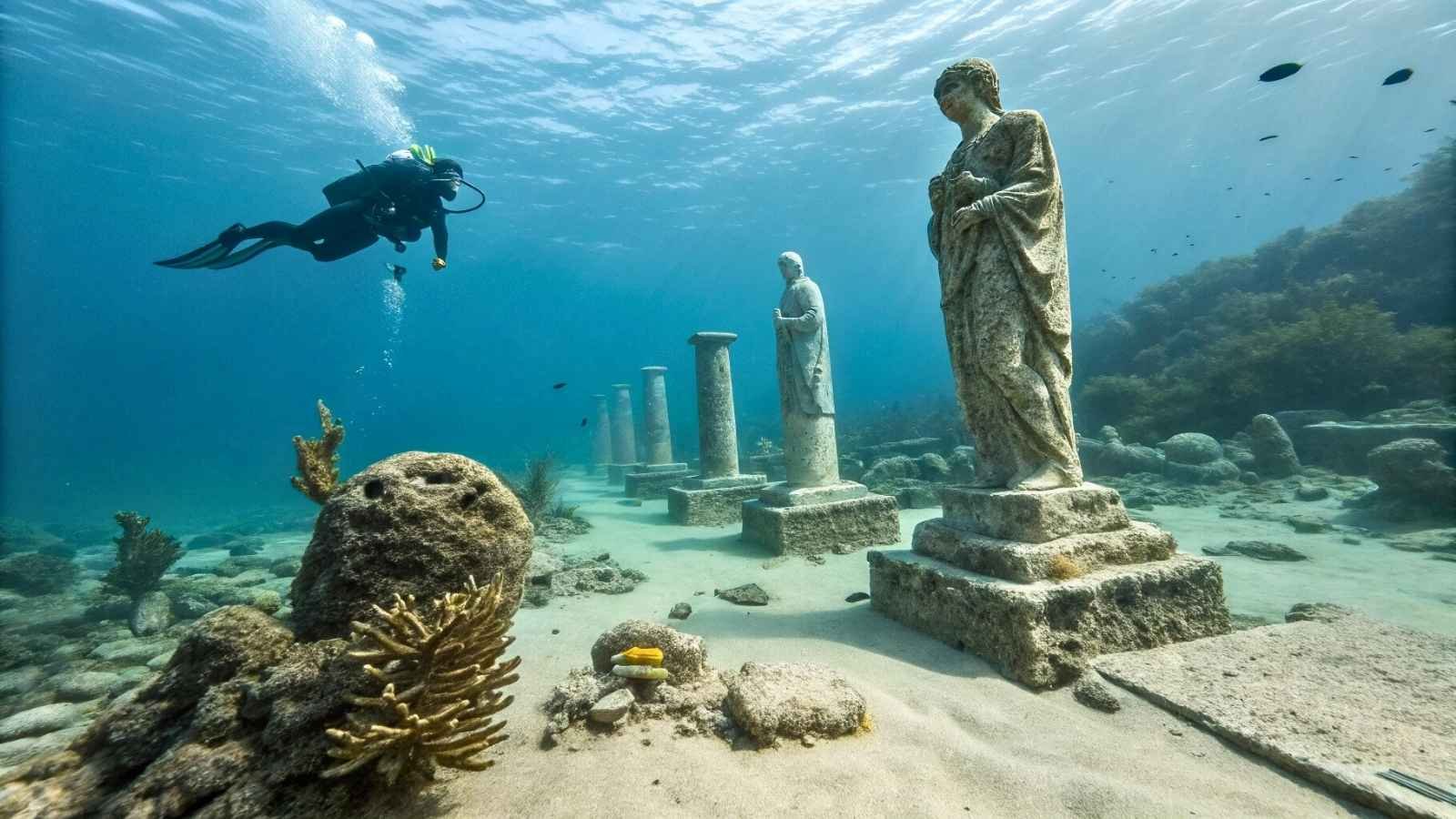
Just beneath the surface of the Bay of Naples lies Baiae, a Roman Las Vegas of sorts—lavish, scandalous, and now beautifully sunken. Once the playground of emperors like Nero and Caligula, Baiae was submerged due to volcanic activity and rising sea levels. What’s left is a perfectly preserved underwater museum, where marble roads, thermal baths, statues, and even ancient mosaics rest silently underwater.
This dive is like swimming through a Renaissance painting, except the artwork is 2,000 years old and part of the seafloor. Some parts are so shallow you can snorkel and still see tiled courtyards, while other zones offer deeper dives into the luxurious heart of a lost empire.
You don’t need to squint to see the detail here—the clarity is fantastic, and the sense of exploring something so opulent and historically decadent underwater is unique. It’s haunting, beautiful, and wildly underrated.
- Best Months to Visit: May to October (warm weather and clear water)
- Location: Bay of Naples, near Pozzuoli, Italy
- Depth Range: 10–30 feet
- Type of Dive: Snorkel and scuba-friendly
- Special Gear Needed: Standard scuba/snorkel gear
- Nearby Attractions: Naples, Pompeii, Amalfi Coast
- Recommended For: History lovers, Roman Empire enthusiasts, photographers
5. Yonaguni Monument, Japan
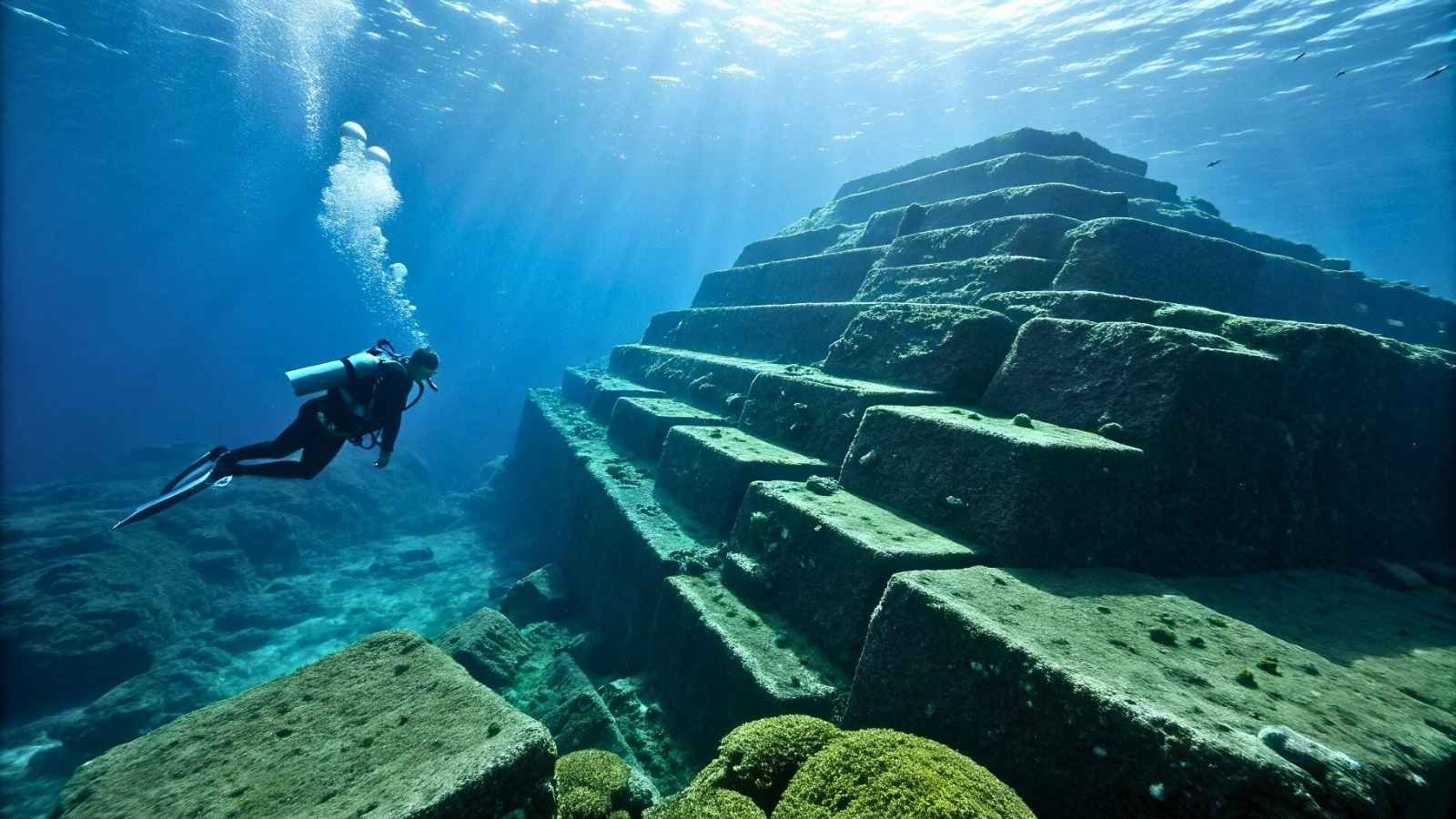
This one’s for the lovers of mystery. Off the coast of Yonaguni Island, divers discovered what looked like a massive sunken stone structure, complete with terraces, sharp angles, and “staircases.” Some experts claim it’s a natural geological formation, while others insist it’s the remnants of an ancient civilization that was lost to the sea thousands of years ago.
Either way, diving here is otherworldly. The monument is massive—like a sunken ziggurat—with formations that are surprisingly regular and block-like. Some divers even report seeing symbols and what appear to be carvings on the surfaces. It’s also one of the few underwater cities where sharks are commonly seen cruising the edges—harmless, but it adds to the thrill.
Currents can be strong, but if you’re an experienced diver, this is one you don’t want to miss. The sensation of floating over such an enigmatic structure—whether built by nature or human hands—is unforgettable.
- Best Months to Visit: November to May (less typhoon activity, best visibility)
- Location: Yonaguni Island, Ryukyu Archipelago, Japan
- Depth Range: 15–85 feet
- Type of Dive: Advanced drift dive
- Special Gear Needed: Strong fins, reef gloves, underwater camera
- Nearby Attractions: Okinawa main island, Iriomote National Park
- Recommended For: Advanced divers, mystery seekers, adrenaline lovers
6. Pavlopetri, Greece
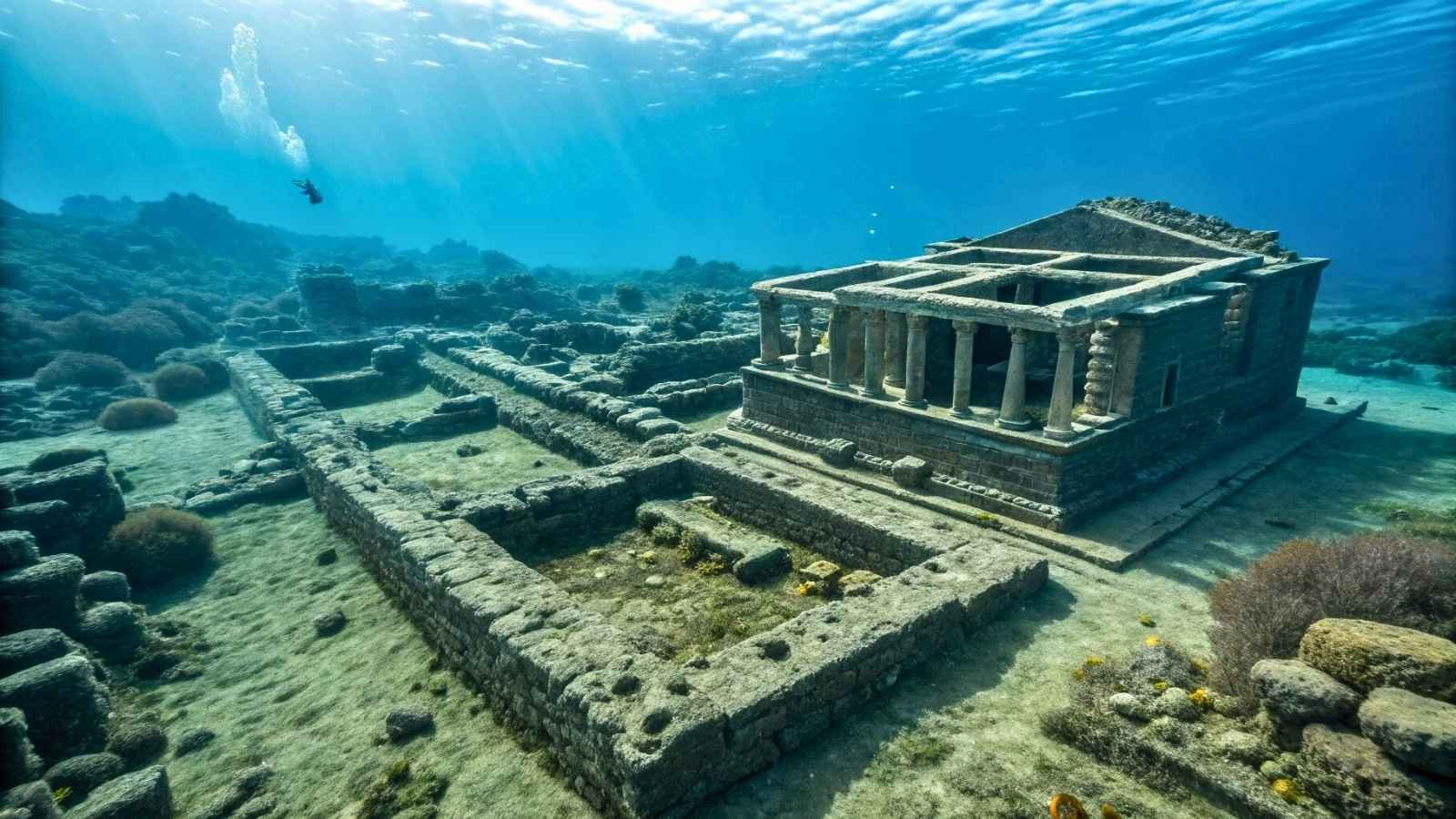
Nestled off the southern coast of Laconia, Pavlopetri is thought to be the oldest known underwater city in the world, dating back over 5,000 years. Unlike many sunken cities that fell due to disaster, Pavlopetri was gradually claimed by the sea, leaving an incredibly preserved layout of roads, buildings, courtyards, and even ancient plumbing systems.
What makes this site extra special is how accessible it is. The waters are shallow, calm, and crystal-clear, so you don’t even need scuba gear—you can snorkel and still trace the outlines of homes and tombs carved into the seabed. The layout is surprisingly modern in its organization, and you can feel how real people once lived here: families, marketplaces, foot traffic—it’s all still visible beneath the waves.
It’s not flashy. There are no statues or gold artifacts. But there’s a quiet intimacy in Pavlopetri’s simplicity that makes it one of the most emotionally moving underwater sites you can explore.
- Best Months to Visit: June to September (warm, calm waters)
- Location: Off Elafonisos Island, Laconia, Greece
- Depth Range: 3–12 feet
- Type of Dive: Snorkel-friendly; shallow dive
- Special Gear Needed: Snorkel, reef shoes
- Nearby Attractions: Elafonisos beaches, Neapoli town
- Recommended For: Beginners, history lovers, families
7. Atlit Yam, Israel
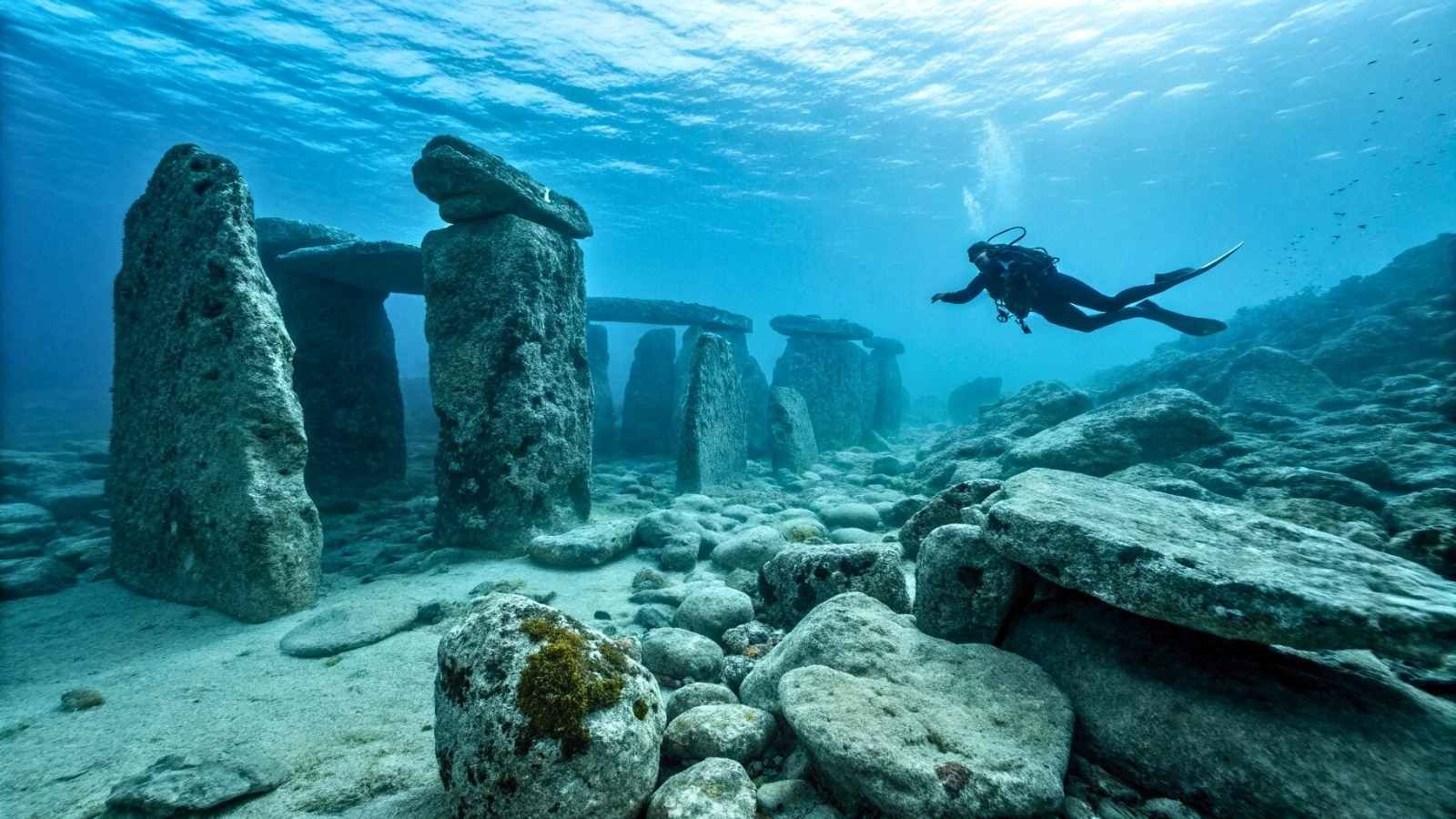
Atlit Yam is a Neolithic village, believed to be over 9,000 years old, submerged off the coast of modern-day Haifa. It’s not just a bunch of scattered stones—this is an organized community layout complete with stone houses, a ritual megalithic circle, and even human skeletons found in graves. It offers one of the most direct underwater connections to prehistoric human life.
One of the eeriest features is the stone well, still visible beneath the waves, hinting at a once-thriving society that lived off the Mediterranean long before written history. Researchers believe a sudden tsunami or rising sea levels ended it all. The water here is a bit murkier than other dive sites, but the historical weight more than makes up for it.
Diving at Atlit Yam doesn’t just take you back—it strips away the centuries. You’ll feel like you’re floating just moments after disaster struck, making it one of the most humbling underwater experiences out there.
- Best Months to Visit: April to June, September to November
- Location: Off the coast of Atlit, near Haifa, Israel
- Depth Range: 25–40 feet
- Type of Dive: Guided archaeological dive
- Special Gear Needed: Permit or guide required; standard scuba
- Nearby Attractions: Haifa’s Baha’i Gardens, Caesarea ruins
- Recommended For: History buffs, prehistoric archaeology lovers, divers seeking depth beyond visuals
8. Cleopatra’s Palace, Alexandria, Egypt
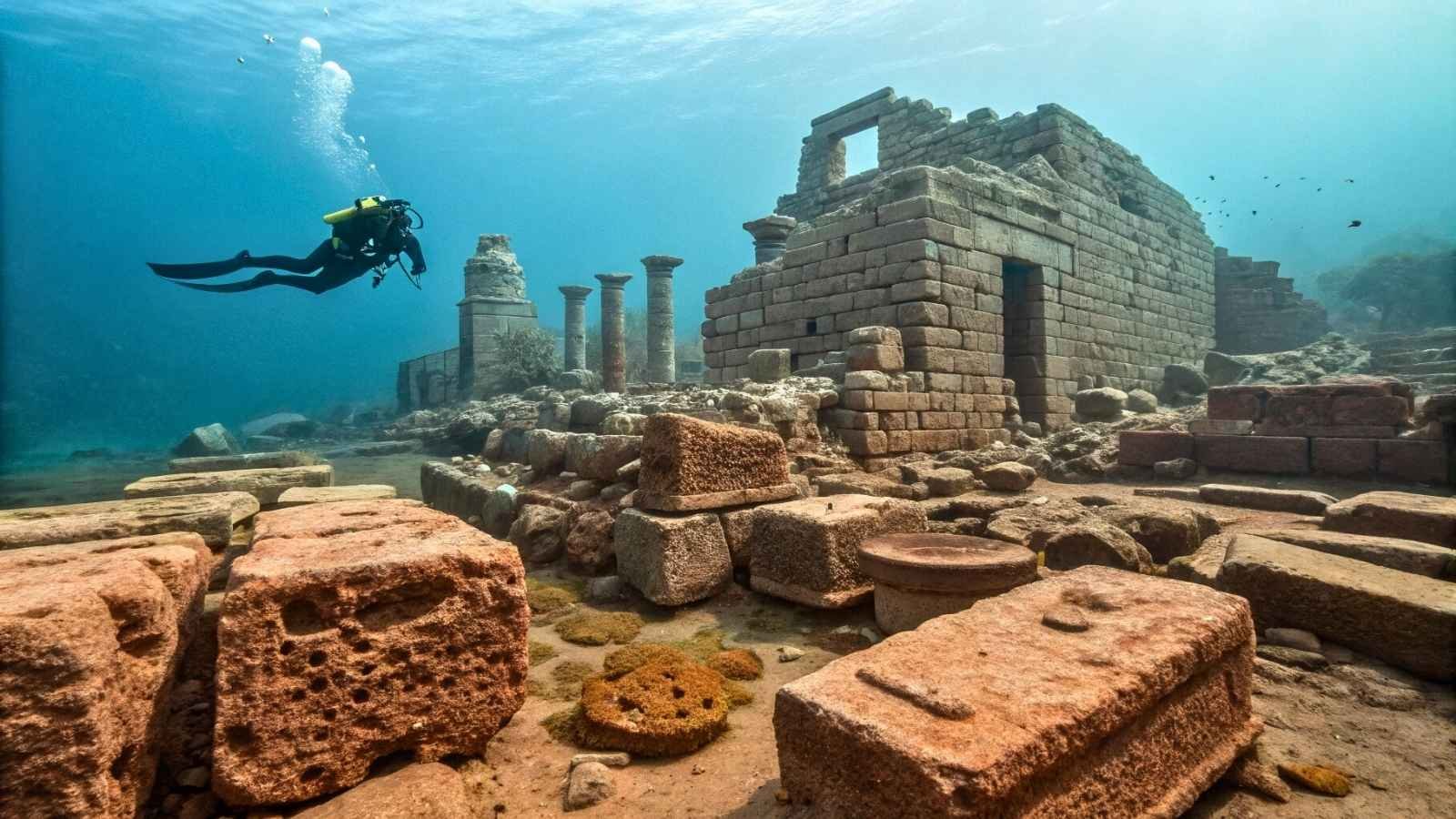
Dive beneath the waves off Alexandria’s Eastern Harbor and you’ll find Cleopatra’s lost world, including her palace, temple structures, sphinxes, and even remnants of the Lighthouse of Alexandria, one of the Seven Wonders of the Ancient World. The site went underwater following a series of earthquakes and tsunamis around 1,500 years ago.
The visibility isn’t crystal clear, but that adds to the atmosphere—pillars and statues slowly emerging through the misty green-blue like ghosts of a fallen empire. Divers can explore massive columns, lion-headed statues, and even the foundations of the palace where Cleopatra may have lived and ruled.
It’s not just a dive—it’s an encounter with one of history’s most legendary figures. Whether you’re exploring for the grandeur of the ruins or the allure of ancient romance, it’s an unforgettable window into a glamorous and tragic past.
- Best Months to Visit: May to October
- Location: Alexandria, Egypt (Eastern Harbor)
- Depth Range: 15–30 feet
- Type of Dive: Shallow guided dive
- Special Gear Needed: Waterproof camera, standard scuba gear
- Nearby Attractions: Bibliotheca Alexandrina, Roman Amphitheater
- Recommended For: Myth lovers, Egypt history fans, shallow dive enthusiasts
9. Shi Cheng (Lion City), China
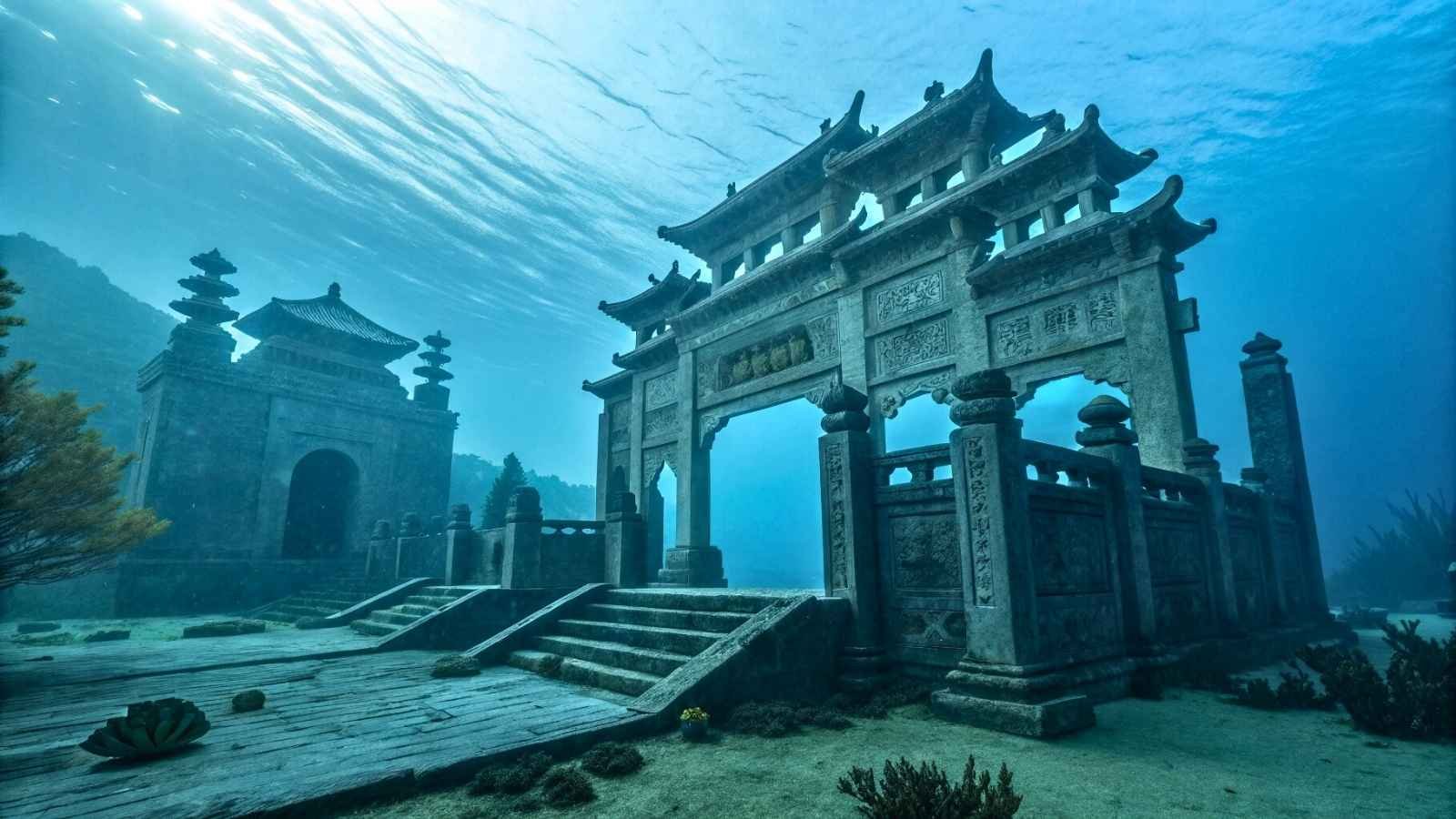
Submerged beneath Qiandao Lake (Thousand Island Lake) in eastern China, Shi Cheng is a perfectly preserved ancient city, lost not to natural disaster, but to human engineering. In 1959, China flooded the valley to create a hydroelectric dam, intentionally submerging Shi Cheng and its ornate Ming and Qing dynasty architecture.
What’s truly mesmerizing is how well the city has been preserved under 100 feet of water. Pagodas, arches, lions, and intricate carvings look like they were made yesterday. It’s like diving into a living museum, with stone streets and grand archways still intact. Visibility varies, but the sheer scale and preservation of this city are jaw-dropping.
It’s not easy to access—you need to go with experienced local dive operators—but if you manage it, you’ll see why Shi Cheng has become one of the most sought-after deep dive destinations in Asia.
- Best Months to Visit: April to June, September to November
- Location: Qiandao Lake, Zhejiang Province, China
- Depth Range: 85–130 feet
- Type of Dive: Advanced deep dive
- Special Gear Needed: Cold-water gear, advanced dive certification
- Nearby Attractions: Hangzhou, Thousand Island Lake parks
- Recommended For: Advanced divers, architecture lovers, deep-water thrill seekers
10. Villa Epecuén, Argentina
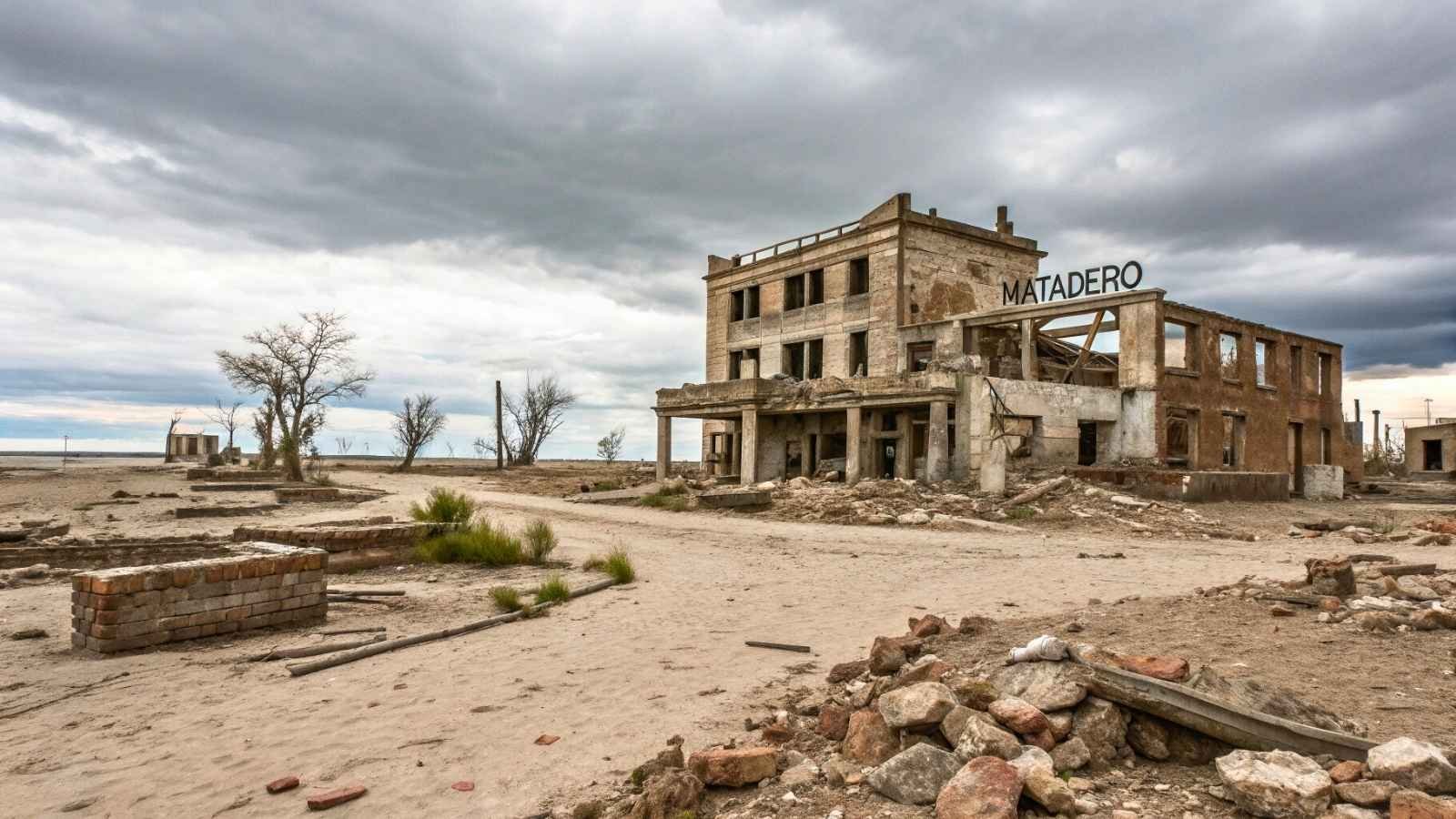
Not quite an ocean dive, but no less haunting, Villa Epecuén was a bustling lakeside resort town that vanished under saltwater in 1985 when a dam broke. The hyper-saline waters of Laguna Epecuén swallowed the town for nearly 25 years, preserving twisted ruins, rusting signs, and entire buildings. Today, parts of it have re-emerged, but much remains submerged and accessible to divers.
What makes this site unforgettable is the surreal, apocalyptic feel. It’s like diving through the aftermath of a modern tragedy. Cars rusted in place, street signs still standing, hotel names legible through layers of silt and salt. The salinity also gives a strange buoyancy to the dive—you feel lighter, like you’re floating on air.
It’s raw, emotional, and photogenic—like a ghost town held gently in underwater suspension.
- Best Months to Visit: November to March (Argentine summer)
- Location: Buenos Aires Province, Argentina
- Depth Range: 5–20 feet
- Type of Dive: Lake dive; high salinity
- Special Gear Needed: Salt-resistant equipment, full-body wetsuit
- Nearby Attractions: Carhué hot springs, gaucho culture tours
- Recommended For: Urban explorers, photographers, alternative dive enthusiasts
11. The Sunken City of Kekova, Turkey
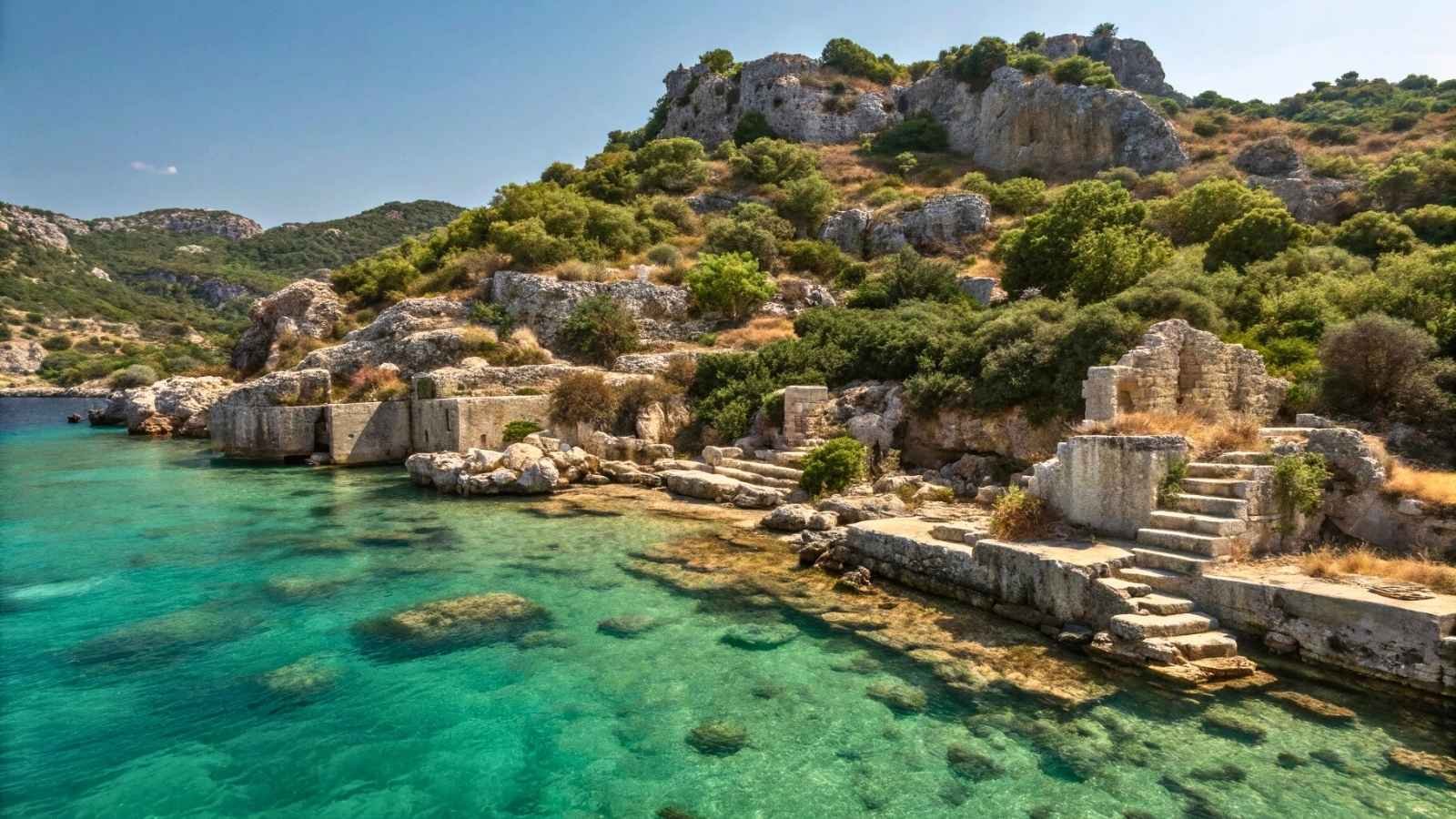
On the southern coast of Turkey, where the turquoise waters meet rugged limestone cliffs, lies Kekova, a city quietly swallowed by the sea during a series of earthquakes in the 2nd century. Today, the half-submerged ruins are visible even from a boat—crumbling stone walls, stairs that descend into nothing, and toppled ancient doorways now claimed by sea grass and coral.
But here’s the twist: you can’t dive here. This is a protected archaeological site, so no fins or tanks are allowed. But that hasn’t stopped curious travelers—sea kayaks and glass-bottom boat tours offer incredible close-ups. Gliding silently above the ruins gives you a strange sense of reverence, as if you’re hovering just out of reach of history.
Kekova proves that you don’t have to get wet to explore an underwater city—it’s all about perspective. And here, even the silence feels ancient.
- Best Months to Visit: May to October (ideal sea kayaking conditions)
- Location: Near Demre, Antalya Province, Turkey
- Depth Range: Visible from surface; no diving permitted
- Type of Experience: Kayak or boat-based exploration
- Special Gear Needed: Kayak rental or guided boat tour
- Nearby Attractions: Lycian tombs in Myra, St. Nicholas Church
- Recommended For: Non-divers, cultural travelers, slow explorers
12. Lake Reschen, Italy
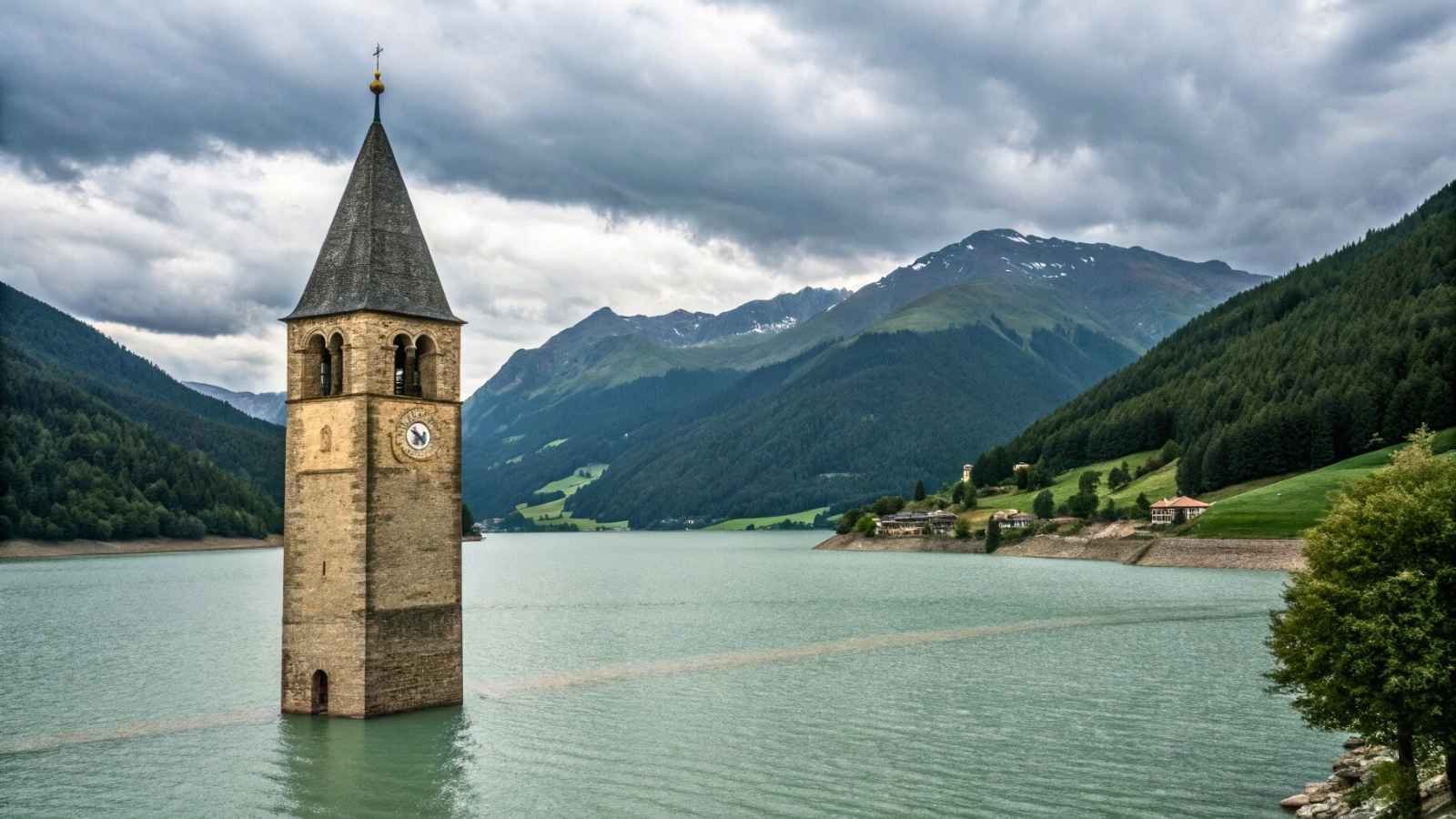
You’ve probably seen the photo: a church steeple poking up from the middle of a lake, eerie and silent. That’s all that remains of Graun, a 14th-century Alpine village that was flooded in 1950 when Italy built a dam to merge two natural lakes into one large reservoir—now known as Lake Reschen.
While it isn’t a dive site in the traditional sense, free divers and winter visitors sometimes explore parts of the submerged village when conditions allow. In summer, kayakers paddle quietly around the steeple, while in winter, it juts dramatically from a frozen lake—a postcard turned hauntingly real.
It’s a place that lives in contrast: beauty and sadness, progress and loss. And while the town remains mostly underwater and inaccessible, the emotional weight of what’s beneath still rises to the surface.
- Best Months to Visit: July to September (for kayaking), January to February (for frozen lake views)
- Location: South Tyrol, Italy
- Depth Range: Village submerged at 20–30 feet
- Type of Experience: Surface viewing, free diving, kayaking
- Special Gear Needed: Wetsuit for diving; snow gear in winter
- Nearby Attractions: Stelvio National Park, Swiss border villages
- Recommended For: Road trippers, photographers, curious wanderers
13. Canudos, Brazil
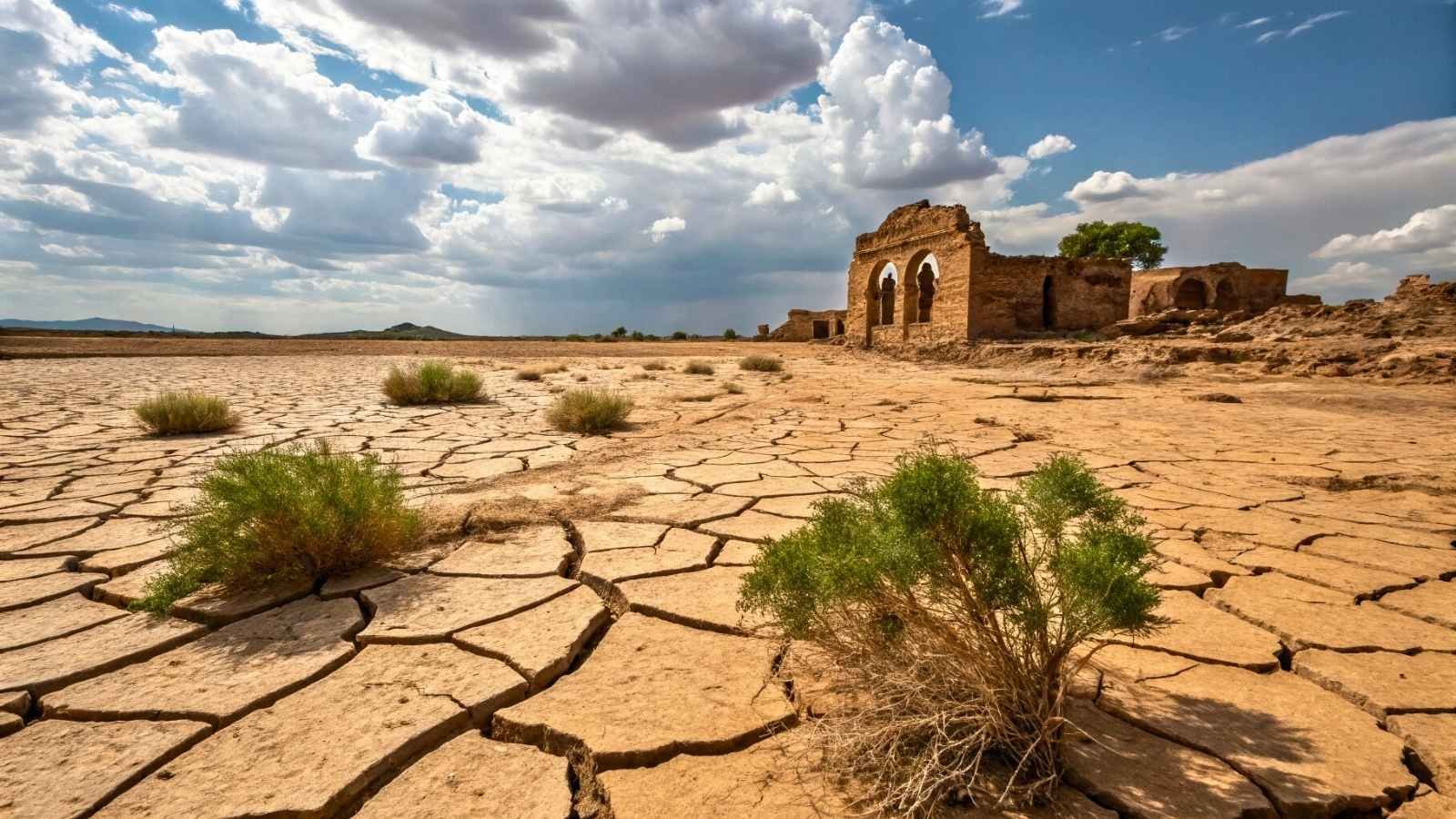
Canudos isn’t ancient, but its story is unforgettable. In the late 1800s, this northeastern Brazilian town became a symbol of rebellion and resilience, housing thousands who followed a spiritual leader against the state. After a brutal military siege, the government deliberately flooded the valley to erase its memory. But during droughts, the skeleton of the city reappears from the lakebed—its church, once drowned, now stands ghostlike in the water.
When the water is low, guided snorkeling tours allow you to explore what’s left. There’s no grandeur here—just haunting traces of a forgotten fight, sun-bleached brickwork, steps that lead to nowhere, and a cemetery partially reclaimed by water. Unlike the classical ruins of Greece or Egypt, Canudos feels raw—its wounds are still fresh in the landscape.
This is one of those places that lingers. Not because of what you see, but what you feel when you see it.
- Best Months to Visit: August to November (dry season; water levels drop)
- Location: Bahia State, Brazil
- Depth Range: 5–15 feet (varies with water level)
- Type of Dive: Shallow snorkel or low-depth dive
- Special Gear Needed: Basic snorkel kit; local guide
- Nearby Attractions: Monte Santo, Sertão historical trails
- Recommended For: History readers, off-the-beaten-path adventurers, introspective travelers






